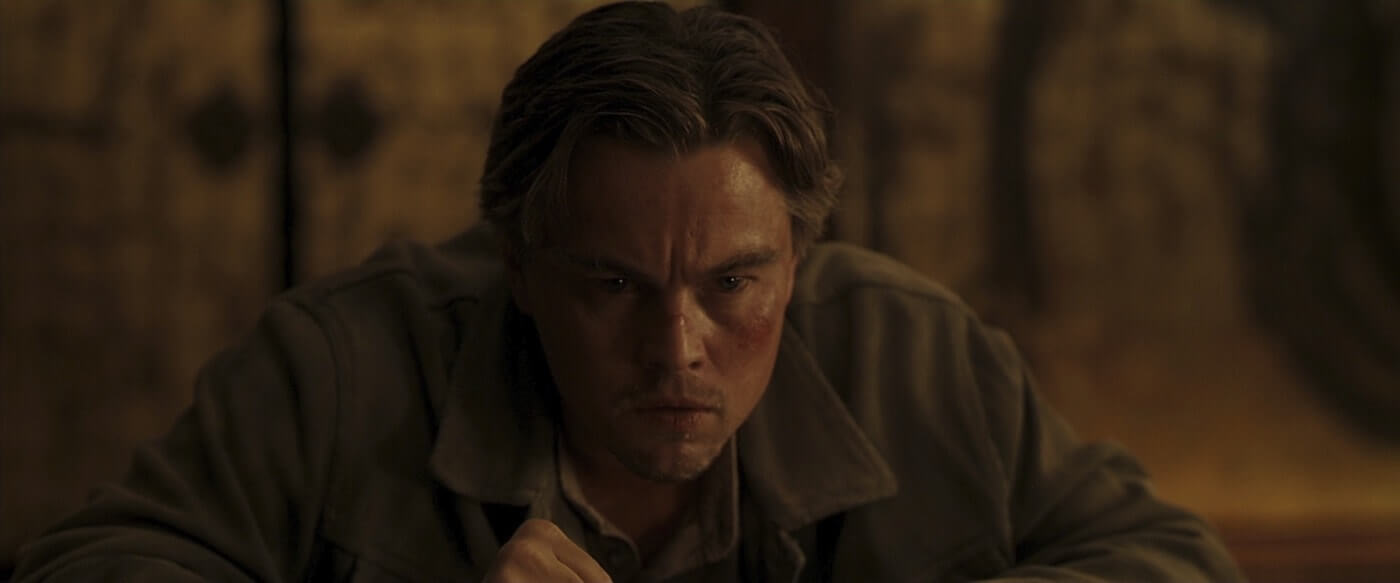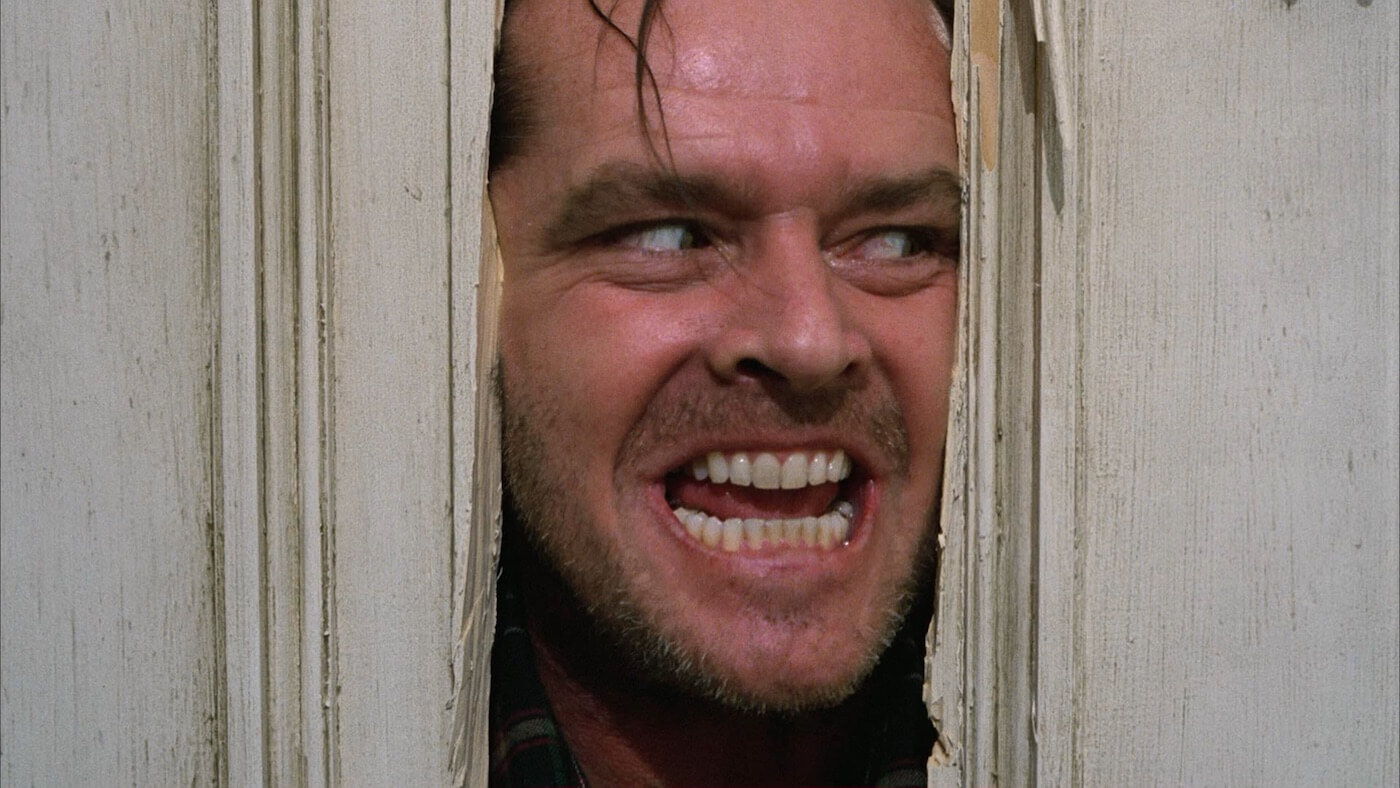cinematography

cinematography:
extreme long shot: (ELS)
- reveals a lot of information, wide view of
landscapes or city spaces, person is barely
visible. emphasises an expanse of space and
mainly focuses on the scenery.
long shot: (LS)
- shows more about the subject, shows the
complete scene, person can be seen clearly,establishes the location. the subject is the main
focus even if it isn't zoomed close to them.

medium long shot: (MLS)
- closer to the subject and has more detail,
setting is still visible it is framed above the knee
and has a good view of the character. often framed
above the knee and the head isn't cut off.
medium shot: (MS)
- cut off at the waist,cable to the see the expression
of the character and we are able to see the detail
 of the physical appearance. this shot has a little space
of the physical appearance. this shot has a little spaceabove the head so everything is kept comfortably in frame.
medium close up: (MCU)
- focused mainly on the person, and the head and the
 shoulders fit in frame. It is used for conversations.
shoulders fit in frame. It is used for conversations.this shot also give the audience more detail of the
characters expressions and emotions.
close up: (CU)
-minute details are shown such as the person's face,
underlining the personality or emotion of a character.
 doing this creates an understanding of what a
doing this creates an understanding of what acharacter is feeling.
Big close up: (BCU)
- show expressions, full views of face. The social
triangle (2 eyes and a mouth) includes prop detail.
 shots like these has a effect of intimacy with the character
shots like these has a effect of intimacy with the characteras it shows a lot of detail.
Extreme close up: (ECU)
Shows minute details which you wouldn't see
normally it hides information (gives a sense of mystery)
intimate space.
*High angles - looking down at the subject - gives
the impression that the subject is weaker than the
 *Eyes levels - camera is level to the subjects eyes
*Eyes levels - camera is level to the subjects eyes- give the impression that the audience is equal to
the subject.
*Low angle - looking up on the subject - gives the
impression that the subject is more important and
more powerful than the audience.
angle gives the impression that something is off
Tilt: Moving the camera's lens up or down while keeping its horizontal axis constant. (on a tripod - camera is fixed)



Pan: Moving the camera lens to one side or another. from left to right of vice versa. (on a tripod- the camera is fixed)

Zoom: when you get closer to the subject and more details become visible.


dolly: when you move the entire camera forwards and backwards, typically on some sort of track or motorised vehicle.

Trucking: it is the same as dollying, only you are moving the camera from left to right instead of in and out. Again, it is best to do this using a fluid motion track to ensure the camera doesn't move harshly

pedestal: it is when you move the camera vertically up or down while it is fixated in one location (on a tripod).

rack focus: is when you adjust the lens to start an image blurry and then shift the focus to make it crisper, or vice versa. It is an extremely effective way for you to change your audience’s focus from one subject to another.


Comments
Post a Comment